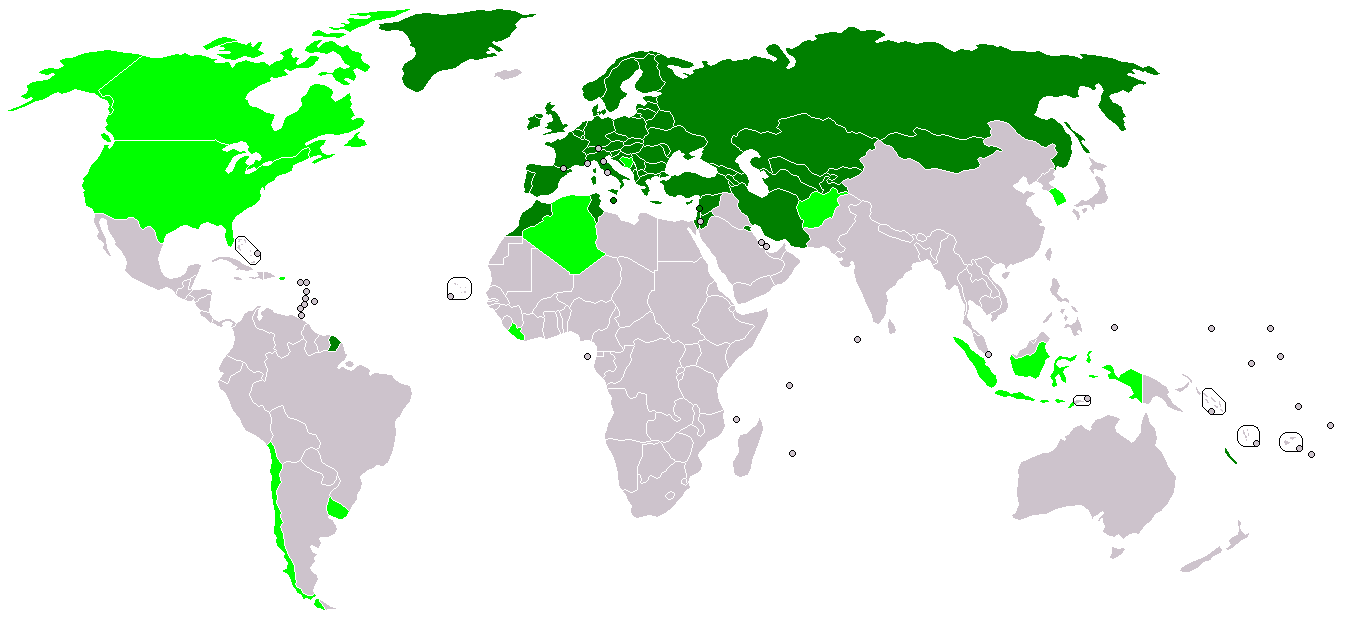- TIR Treaty
The Convention on International Transport of Goods Under Cover of TIR Carnets (TIR Convention) was made at
Geneva on14 November 1975 to simplify and harmonise the administrative formalities of internationalroad transport .The TIR Convention or International Road Transport Convention was adopted under the auspices of the
United Nations Economic Commission for Europe (UNECE). (TIR stands for “transit international routier” or "international road transit"). As at1 January 2006 , there were 66 parties to the Convention.The TIR Convention establishes an international
customs transit system with maximum facility to move goods:
* in sealed vehicles orcontainers ;
* from a customs office of departure in one country to a customs office of destination in another country;
* without requiring extensive and time-consumingborder checks at intermediate borders;
* at a cost-effective price;
* while, at the same time, providing customs authorities with the required security and guarantees.
thumb|280px">
legend|#00ff00|Contracting Parties in which TIR operations can be establishedThe TIR system not only covers customs transit by road but a combination is possible with other
modes of transport (for example, rail, inland waterway and evenmaritime transport ), as long as at least one part of the total transport is made by road.To date, more than 38,000 international transport operators had been authorized (by their respective competent national authorities) to access the TIR system, using more than 3.2 million TIR carnets per year.
In light of the expected increase in world trade, further enlargement of its geographical scope and the forthcoming introduction of an electronic TIR system (so-called “eTIR-system”), it is expected that the TIR system will continue to remain the only truly global customs transit system.
External links
* http://www.unece.org/trans/bcf/tir/welcome.html
* http://www.unece.org/trans/bcf/tir/tir-hb.html
* http://www.unece.org/Welcome.html
Wikimedia Foundation. 2010.

